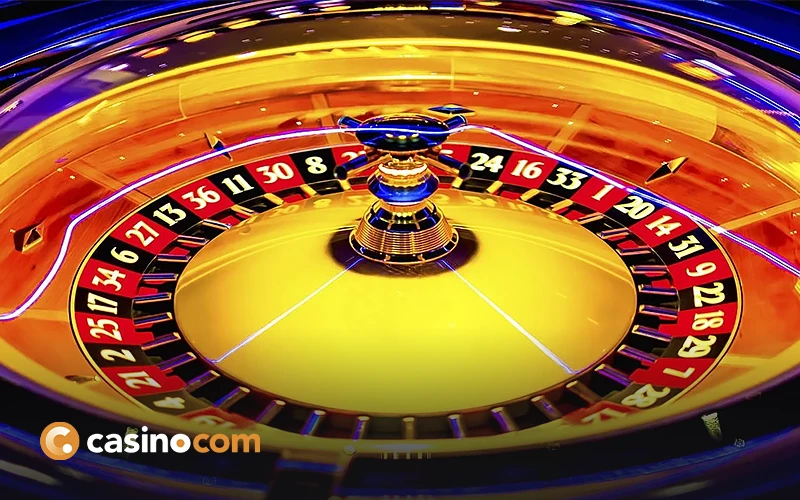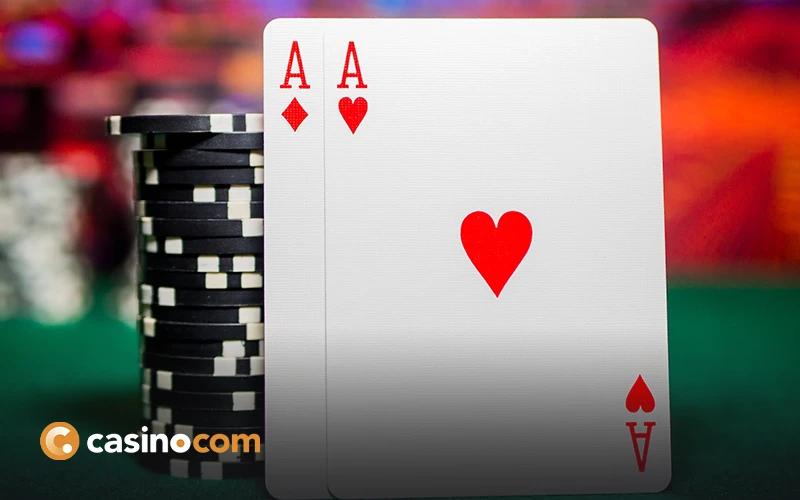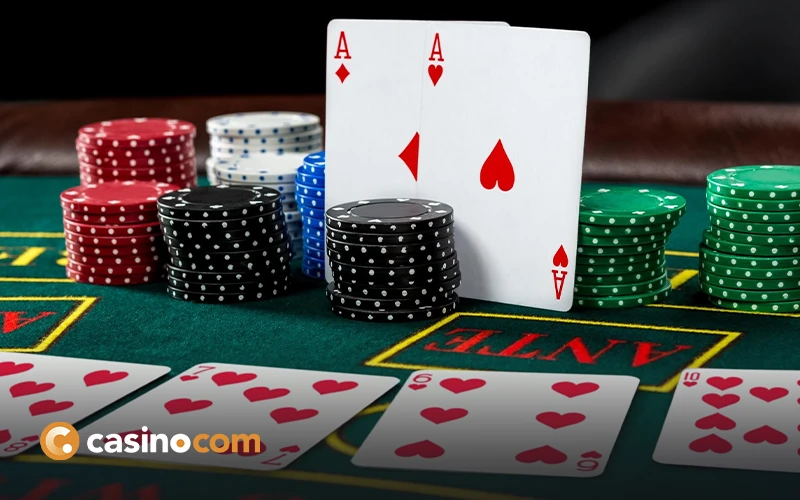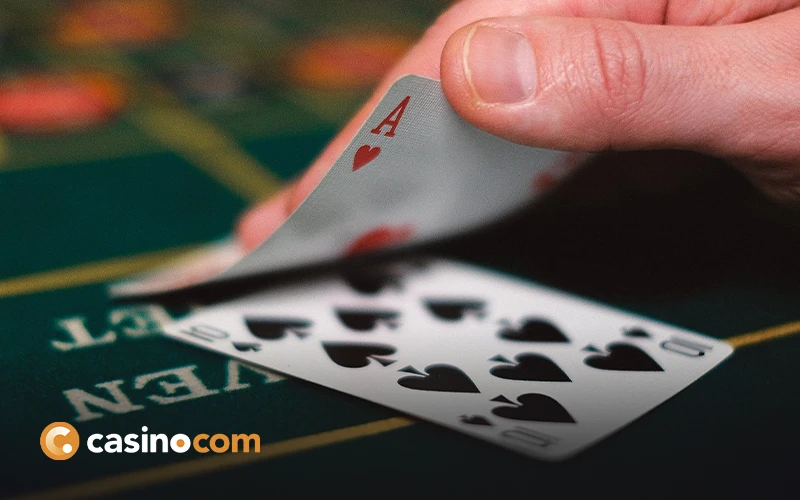Since the dawn of gambling in the halls of ancient civilisations, the house has always had the edge. Yet, the players have always attempted to prove that they can logically beat the game. It used to be that betting systems would work their way around a dedicated few, but thanks to the wonders of the internet, anyone can quickly find a supposed expert detailing a proven betting system.
One such betting system that’s gained a great deal of traction – primarily as a result of people failing with the heavily-touted Martingale strategy– is the Reverse Martingale betting system. The hook is that it’s the reverse of the popular betting system, eliminating the high risk but using the same steps. However, as is often the case, the Reverse Martingale betting system doesn’t work, and here’s why.

What is the Reverse Martingale Betting System?
The Reverse Martingale system, also termed the ‘Anti-Martingale,’ is centred on doubling the bet after each win and returning to the selected starting amount after a loss. To operate the Reverse Martingale betting system, you need to target the bets with odds or returns closest to evens, such as red or black on roulette or the game of blackjack.
The Reverse Martingale betting system beings with a low base wager. You continue to bet that same amount until you win. If a win happens, you double your next bet. When that winning streak comes to an end, you revert back to the original base bet and start again. It’s advertised as a method that will maximise your winning streaks without the inherent risk of doubling after losing, as is the case with the standard Martingale system.
Here’s an example of how someone would expect the Reverse Martingale betting system to work:
-
- Set a base wager of £5, which will act as your starting bet and return point;
-
- Wage £5 on a bet that returns evens, but it loses;
-
- Wage £5 on that same evens option, but this time it wins;
-
- Double your bet to £10 and wager on evens returns again, and it wins again;
-
- Double the bet again to £20 and go again, winning again;
-
- Double the bet again to £40, but this time it loses;
-
- Revert back to the base £5 and repeat the system.
In the example above, with one loss followed by three wins and then a loss, the bettor comes out with £25 in profit following an initial loss of £5. To carry on, that pot reduces to £20 with one more loss. The system is targeted at maximising a winning streak rather than recovering losses.

Why doesn’t the Reverse Martingale betting system work?
The Reverse Martingale betting system doesn’t work because it relies on winning streaks, with each consecutive loss extending how many wins in a row you need to make a profit. Furthermore, just as each loss extends your necessary winning streak, each subsequent win becomes more unlikely, statistically speaking.
While people aren’t fully immersed in random number generator games, which is one of the benefits of the live casino scene, the likelihood of the Reverse Martingale system working in both formats is the same. Due to the house edge, even in European Roulette, where the edge is predicated by one of 37 numbers, each base bet has a less-than-evens probability of winning.
Given the 51.4% probability of losing any given bet, a win already technically defies roulette odds, but here’s how unlikely a series of wins is, even on the more user-friendly European Roulette.
-
- One Win: 48.6%
-
- Two Consecutive Wins: 24.3%
-
- Three Consecutive Wins: 12.15%
-
- Four Consecutive Wins: 6.08%
-
- Five Consecutive Wins: 3.04%
With odds and evens paying 1:1, the low half and upper half paying 1:1, and the black and red betting fields paying 1:1, you certainly have options. However, regardless of your pick with each bet, the probability of chaining wins becomes greatly smaller.
As you can see, the likelihood of chaining just two wins (24.3%) is more than twice as unlikely as just getting one loss (51.4%). There lies the core reason as to why the Reverse Martingale betting system doesn’t work. It’s inherently flawed to attempt to chance winning streaks.
In a study that compares the Martingale and Reverse Martingale by Gradient Descending, it was found that neither work. Furthermore, despite its portrayal as the more user-friendly of the two, the Reverse Martingale betting strategy returns lower on average, albeit it is the generally less risky of the two.

Playing within your limits is the best strategy
Perhaps the biggest problem with any strategy, including the Reverse Martingale betting strategy, is that it forces you to commit – often beyond your means. The best betting strategy of them all is to set a hard limit of how much you’ll wager and keep your winnings to one side. That way, you can enjoy the games without unnecessary risk to your financial situation while also potentially taking away your winnings.
All of the games recommended or mentioned at Casino.com are viewed to be completely random and fair in their outcomes. So, any strategy that tries to beat the chaos of randomness can’t be guaranteed to work. Probability wins all, and while lucky streaks do exist, expecting them or an infrequent result to occur, falls into the issue of Gambler’s Fallacy.
Every single round is fully randomised, so just because a red doesn’t win for four rounds, doesn’t mean that it’s more likely to land on the fifth. On each spin, there’s a slightly below 50:50 chance to get either red or black. However, you can apply probability to consecutive wins occurring, with the chance of a just-less-than a 50:50 result coming through, with it becoming increasingly unlikely.
The Reverse Martingale betting strategy doesn’t work on the simple basis of probability. It is easy to run the strategy and appears more bankroll-friendly than the standard Martingale. Still, it doesn’t work to the extent that you should use the Reverse Martingale method as the basis of your online casino gaming.
FAQ
The Reverse Martingale betting system doesn’t work well because it depends on winning streaks. When you lose, you need more consecutive wins to make a profit. Each time you lose, the chance of getting a winning streak gets lower.
With the Martingale system, most gamblers might make a small profit, but some will end up losing everything. In the end, if many people use this strategy, the small wins and big losses will balance out, resulting in an average of $0 overall.
Instead of increasing your bet size, this strategy involves cutting your bet in half after a loss. When you win, you double your bet. Analysts think this approach is safer.
The Martingale system aims to reduce the risk of losing money by increasing your bets after a loss. But if the odds of winning and losing aren’t equal, or if you run out of money, you could end up with significant losses.






